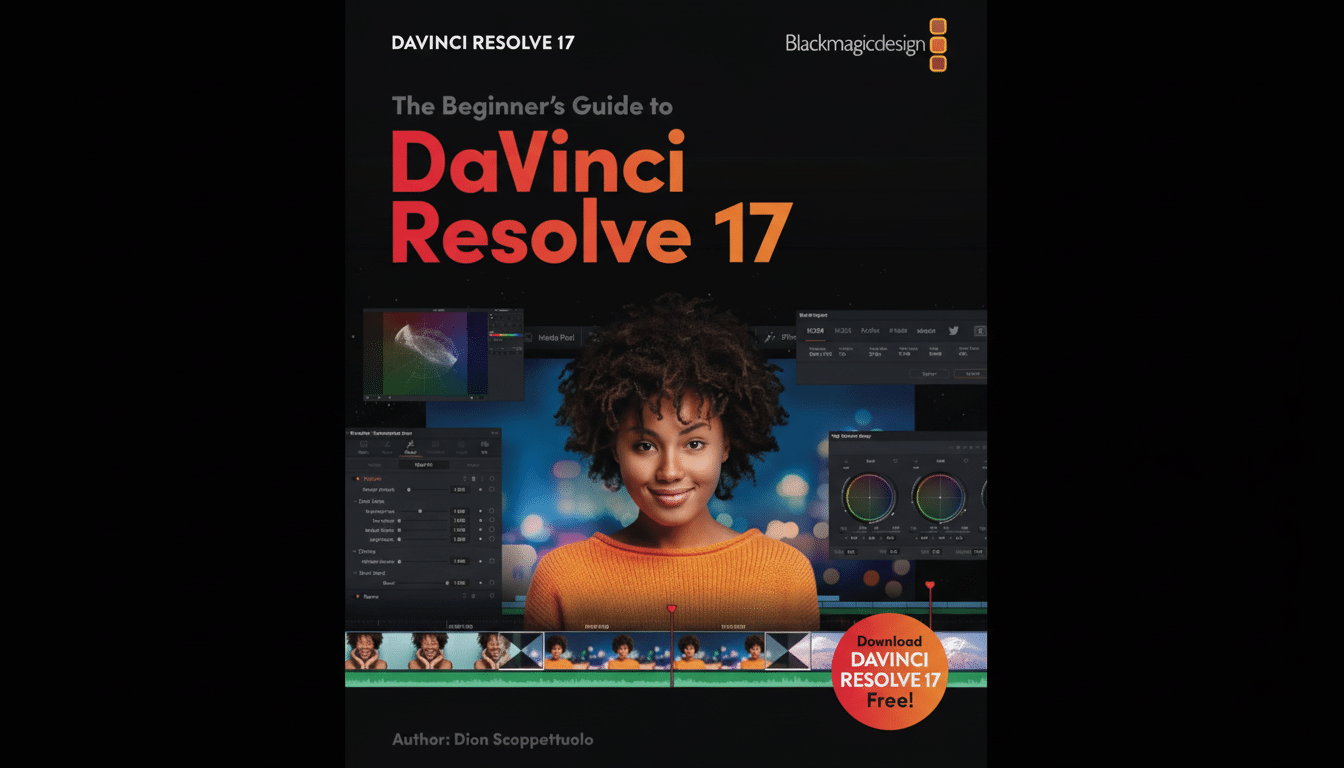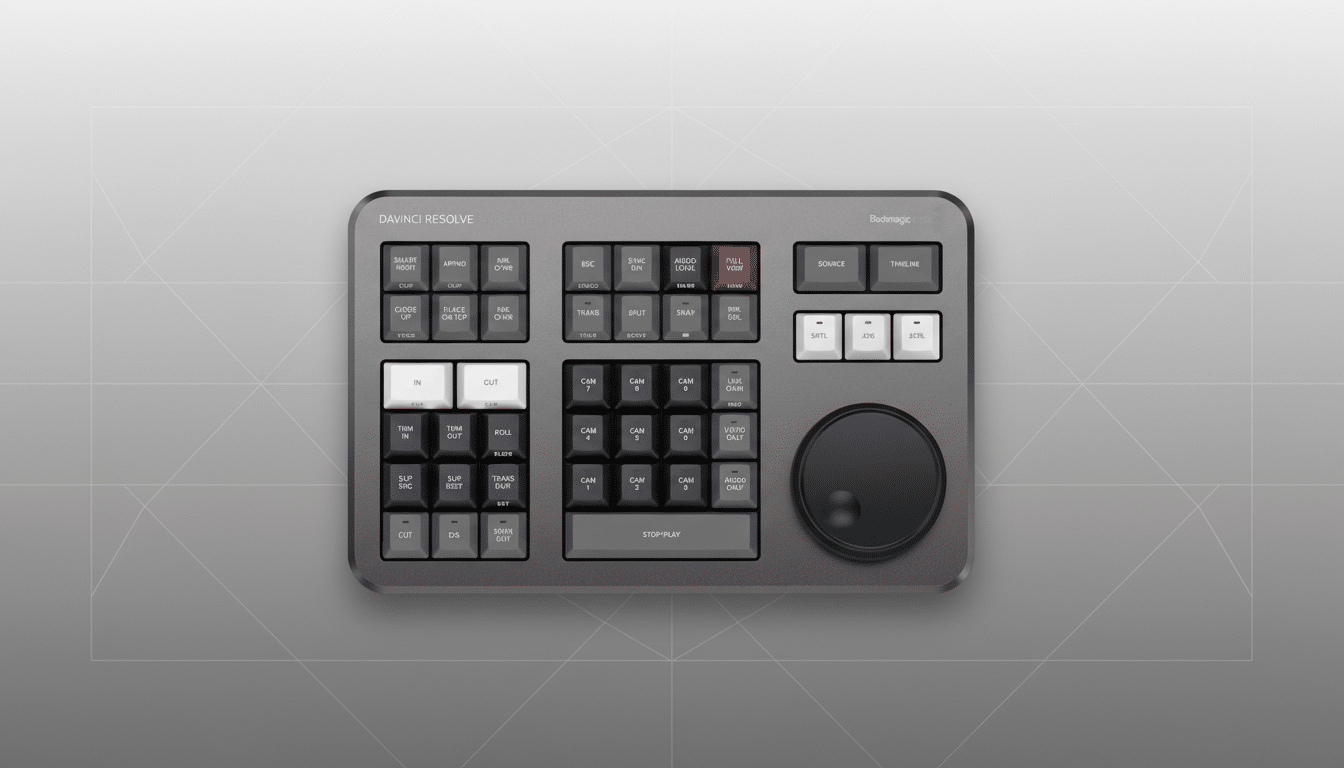Apple’s latest iPad Pro is a plain line to power users: this one is built to muscle its way through whatever you can throw at it. The M5 generation exists in 11- and 13-inch sizes, focuses exclusively on raw performance, faster on-device AI, and pro-grade connectivity — all without altering the iPad’s fundamental essence as a slim, paper-or-plastic-like object that can replace a laptop for many of us.
M5 silicon and AI performance improvements
Apple claims the M5 offers 3.5 times the AI performance of last year’s M4 iPad Pro, which coincides with where the market seems to be going: real-time generative tools and accelerated media pipelines. In Apple’s own testing, AI video upscaling in DaVinci Resolve from Blackmagic Design ran up to 2.3 times faster. That’s not a narrow benchmark — people who edit video or manage social, living in Resolve, CapCut, etc., are going to feel time come back to their schedules.

Context matters here. Apple puts the new tablet at close to six times faster overall than the M1 iPad Pro brought out in 2021. That kind of multi-generational delta changes what you can do at all on a tablet: on-device image generation, local transcription and translation, and frame interpolation for 4K assets move from “experimental” to “viable.” It also shortens the feedback loop for illustrators and 3D artists working in apps such as Procreate Dreams, Nomad Sculpt, and LumaFusion.
Memory bandwidth and multitasking gains explained
Speed is not only about the CPU and NPU. The iPad Pro M5 line also pushes unified memory bandwidth over 150GB/s — which brings it up by around 30% generation to generation. It’s that added overhead that keeps multi-layer Photoshop files, huge Logic Pro sample libraries, and multi-app Stage Manager layouts running smoothly under heavy load. It’s a practical win for memory-hungry AI models, since keeping more parameters resident in fast memory helps them along too.
Configurations now begin at 12GB of RAM on the 256GB and 512GB models, increasing to 16GB of RAM for the 1TB and 2TB tiers. That gap isn’t merely for spec-sheet theater; taxing compositing and batch exports now scale appreciably with more memory, and future-proofs the device for larger on-device models as app developers throw in fresh AI features.
Connectivity built for tomorrow’s workflows
Apple tosses in Wi‑Fi 7 and Bluetooth 6, as well as Thread support, using its N1 chip, keeping the iPad Pro up to date on wireless connectivity standards. If you’re a creator, multi‑link operation in Wi‑Fi 7 means faster peak throughput and more stable, low-latency links to your NAS storage and cloud workspaces — the Wi‑Fi Alliance describes Wi‑Fi 7 as having two fundamental concepts that are core to enabling high-bitrate streaming and low-latency response during remote collaboration.
Cellular models are getting a new C1X modem that aims to provide both speed and longevity. On mobile networks, Apple promises up to 50 percent faster data performance and better efficiency when using battery power, which should be great news for anyone who tethers in the field, live streams, or pushes proxy uploads from (or to) a shooting location. And the underlying theme: fewer bottlenecks between you, your assets, and your team.
Ultra Retina XDR display and faster refueling
Both sizes have an Ultra Retina XDR display, which is rated at 1000 nits for standard brightness and up to 1600 nits for HDR. That’s enough punch to color-check HDR grades and view Dolby Vision footage without having to find a dark room. There’s a nano‑texture glass option that helps with glare for studio work and fieldwork; it’s meant for precision work where eyeglass reflections can sabotage your judgment of color.

There’s an efficient twist on charging: fast charge to 50 percent in around 30 minutes when using Apple’s new 40W Dynamic Power Adapter (60W max).
The charger is still sold separately as always; for that matter, Apple does not include a charging brick with iPads, and the new adapter costs an additional $39.
Pricing and configurations for both iPad Pro M5 sizes
The 11‑inch iPad Pro M5 is priced starting at $999 for 256GB and $1,199 for 512GB, with both models carrying 12GB of RAM. The 1TB version costs $1,599 and the 2TB model is $1,999, both with 16GB of RAM.
The 13‑inch iPad Pro M5 is priced at $1,299 for the 256GB and $1,499 (retail) for the 512GB with 12GB of RAM. The 1TB configuration costs $1,899 and 2TB is $2,299, each bundled with 16GB of RAM. Mobile versions tack on an additional $200 to every configuration. Preorders are available now at Apple, and they will soon be in stores.
The broader M5 play across Macs and Vision Pro
The M5 isn’t limited to the tablet. Apple is also putting the chip in a redesigned 14‑inch MacBook Pro and an updated Vision Pro headset. ‘Faster systemwide,’ sharper and more detailed visuals, and longer battery life are Apple’s key selling points for Vision Pro, while a $99 Dual Knit Band aims to increase comfort. The headset still starts at $3,499 for a model with 256GB of storage — this is a capacity bump, not an entirely new design.
Strategically, harmonizing the M5 across flagship systems allows developers to aim at a consistent performance envelope for media, design, and video workloads. Market watchers at IDC have cited the replacement cycle for premium tablets as rather lengthy (yet demand remains steady), and in releasing M5, Apple’s simple play is this: if you’re all about speed — particularly with AI and video — it’s your iPad Pro, right now.

